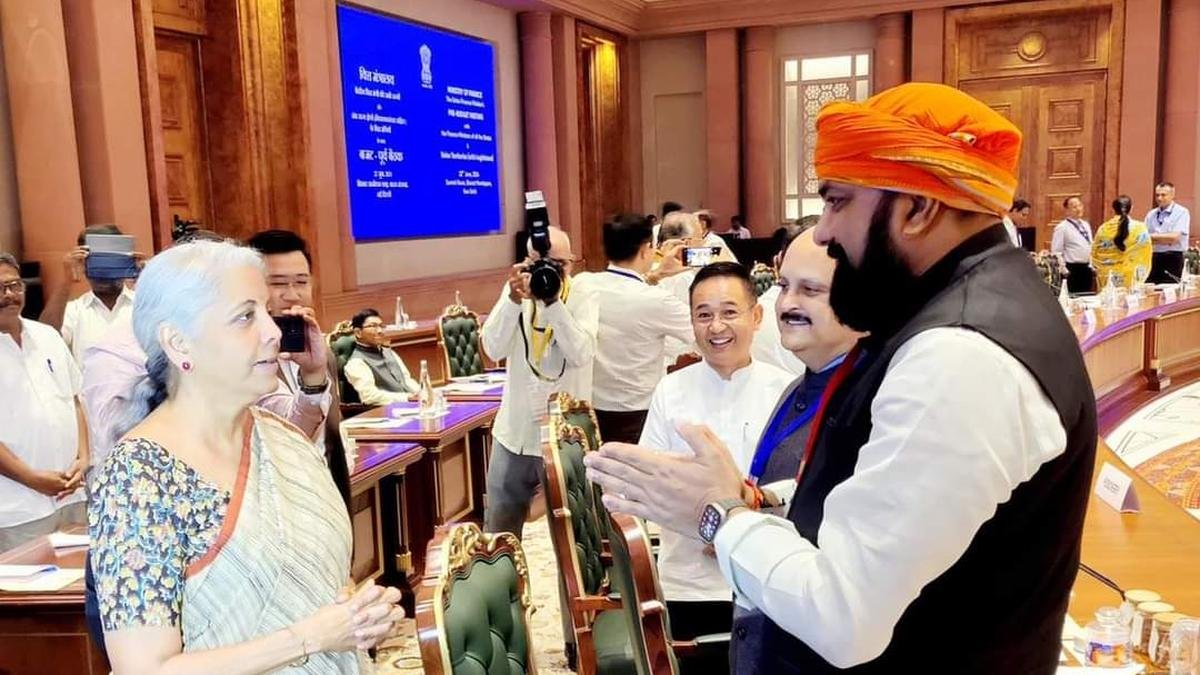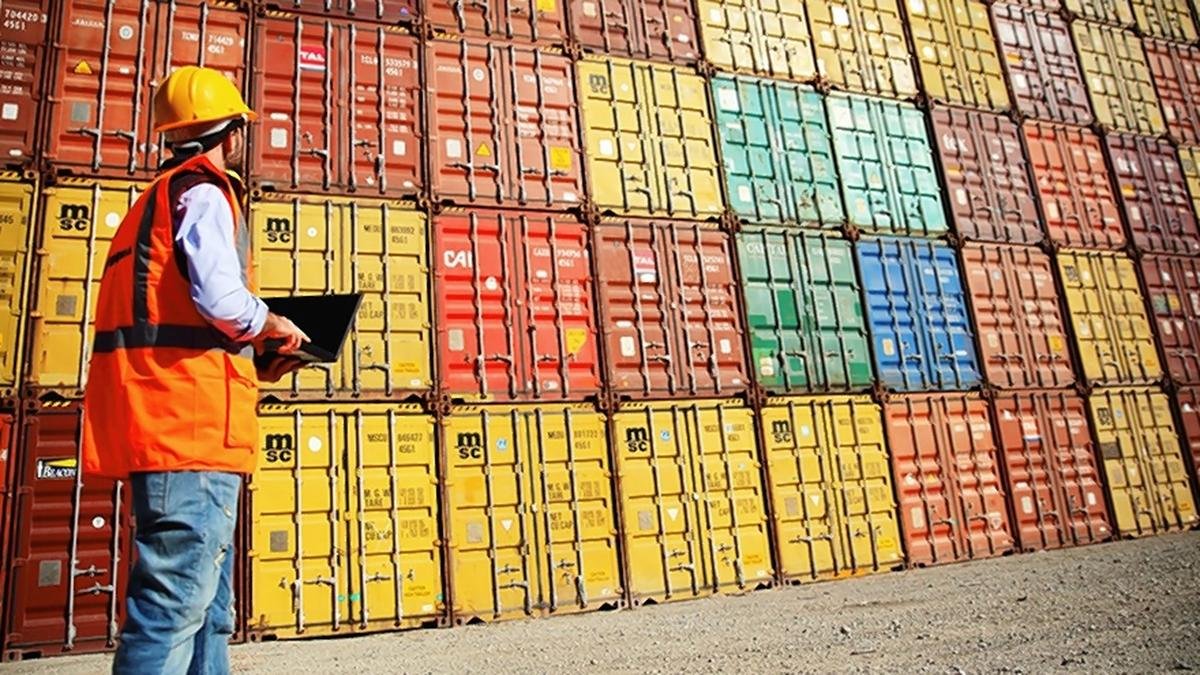Until the mid-2010s, banks used to lend massive loans to big industries. When these businesses failed, their loans turned sour. Such bad loans stayed hidden for sometime. In 2015, the Reserve Bank of India (RBI) carried out a review, following which skeletons tumbled out of the closet. The share of bad loans reached as high as 10% in 2017, which meant that nearly one in every 10 loans had turned bad. A variety of debt recovery channels including the Insolvency and Bankruptcy Code, 2016, were used to recover the money. Given the relatively high amount of loans lent to well-known companies, the failures to repay the loans were widely publicised.
Following this debacle, banks started offering fewer loans to industries. They also managed to recover more and more bad loans. As a result, banks reached the pink of health in 2024. The latest Financial Stability Report (FSR) of the RBI shows that Gross Non-Performing Assets (GNPA) was at a decadal-low in March this year (Chart 1 ). NPA is the share of total loans that are overdue for more than 90 days.
Chart 1 | The chart shows the Gross non-performing Assets (GNPA) and NPA across years.
Chart appears incomplete? Click to remove AMP mode
However, reducing loans to industries meant that banks had to look elsewhere to lend and earn. The mid-2010s also saw an increase in loans given to the retail sector. These included personal loans, credit card receivables, housing loans, and similar products. The period also saw a proliferation of instant loan apps, which enticed unsuspecting consumers, especially those younger and more digitally savvy, to take more loans, leading to a debt trap.
The share of retail loans grew so much that the sector surpassed both industries and services to have the most outstanding loans. The alarming growth was noticed by the RBI, which had to bring in regulatory measures to curb the rise. Still, the overall picture remains rosy. In fact, the GNPA ratio of personal loans has been reducing consistently reaching 1.2% in March 2024 — the lowest across sectors and within the segment (Chart 2) .
Chart 2 | The chart shows the GNPA (in %) across sectors.
While the situation does not seem to be alarming, the RBI is clearly worried. In the recent FSR report, it has cited two signs of incipient stress, which it believes should be closely watched. The first sign has to do with slippages, which are fresh additions of bad loans in a year. The share of slippages from retail loans in the overall new additions of NPAs is increasing at a rapid pace. In FY24, slippages from retail loans (excluding home loans) formed 40% of fresh additions of NPAs.
Chart 3 | The chart shows the bank-type wise split of the share of slippages from retail loans in the overall new additions of NPAs. The chart excludes slippages in home loans. Slippages are fresh additions of bad loans in a year.
The second sign has to do with delinquency level. Even if dues are overdue for a day, an account can be termed delinquent. Persistent delinquency will eventually turn an account into a NPA. Delinquency levels among small borrowers with personal loans below Rs. 50,000 remain high. The RBI report says most of these loans were sanctioned by NBFC-Fintech lenders, which are the major drivers behind the digital lending apps which process loans within hours. Between April 2021 and July 2022, Google reviewed 3,500 to 4,000 loan apps and removed/suspended over 2,500 from its Play Store.
Delinquency levels for personal loans below Rs. 50,000 are persistently high in small finance banks and NBFC-Fintechs (Chart 4).
Chart 4 | The chart shows the bank type-wise delinquency levels for personal loans below Rs. 50,000.
If NPAs can be termed as a disease, slippages and delinquencies are symptoms of that. While the banking system appears mostly disease-free, the RBI is worried about the symptoms and is sending one warning signal after another. This time, it is worried about individuals and not industries.
Source: Financial Stability Report- June 2024, Trend and Progress of Banking in India, Press releases of the Reserve Bank of India, Rajya Sabha


